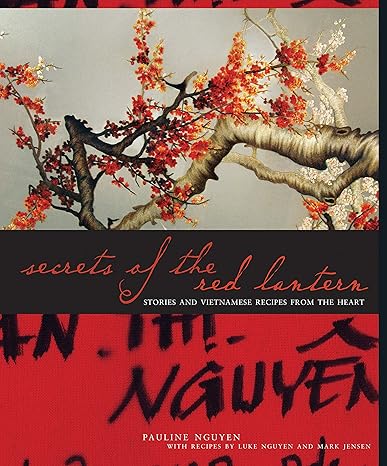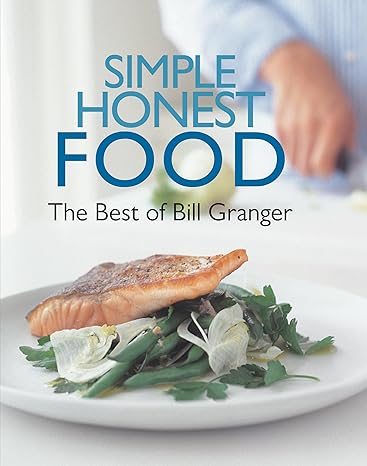Crab

NUTRITION
Crab is a good source of a number of trace minerals including selenium, which counteracts cancer and chromosome damage as well as increasing our resistance to viral and bacterial infections. It contains useful amounts of B vitamins, iron and zinc.
In sandwiches, with pasta, in salads, with chilli - there are a multitude of ways to enjoy this most versatile of seafoods. White crab meat (from the claws) rivals, or exceeds, lobster for flavour and succulence and needs very little fiddling with to create masterful dishes such as Crab Salad.
HISTORY
Crabs first evolved in the Jurassic period (the horseshoe crab dates back over 200 million years). They have been caught and eaten throughout human history.
BIOLOGY
Crabs are crustaceans belonging to the order Decapoda (which includes lobsters and prawns). There are around 4,500 species of crab, ranging in size from the 5mm wide pea crab to the Japanese spider crab with a leg span in excess of 2m.
TIPS
BUYING
Purchasing a live crab will ensure maximum freshness. Whole cooked crabs
or fresh crab meat from a trusted supplier are perfectly adequate alternatives.
Use the Good Fish Guide to make better informed choices when buying seafood.
STORING
Live crabs should be refrigerated and cooked on the day of purchase. Cooked
fresh crab meat will be fine in the fridge for 3 or 4 days and can be
frozen.
PREPARING
The Cornwall Wildlife Trust publishes detailed
instructions on how to humanely kill crabs and other crustacea. Cook crabs by boiling - 20 minutes for
crabs up to 1kg and 10 minutes per kg after that.
Once cooked and cool enough to handle, twist off the claws and legs. Knock the underside of the body on the chopping board and push your thumbs on the crab's back to prise the body section away from the shell. Remove and discard the stomach sac (just behind the mouth) and the soft gills (dead man's fingers) - these are readily identifiable and will come away easily. Use a teaspoon to scoop out the brown meat from inside the shell, not forgetting the crevices where the claws and legs join the body. Crack the legs and claws with a rolling pin or nutcracker and prise out the white meat using a skewer.
MISCELLANY
Hermit crabs have a soft abdomen and make their homes in the empty shells of whelks or winkles for protection. The robber or coconut crab, found in the South Pacific, climbs palm trees to feed on coconuts.
Chitin (pronounced kite-in), a substance derived from the shells of crabs and lobsters, has anti-bacterial and anti-viral properties and is used in wound dressings and burn treatments.
IN OUR FAVOURITE BOOKS
To support site running costs, we participate in the Amazon affiliates scheme and book links take you to the relevant Amazon page.
 Includes a recipe for
Includes a recipe for Kohlrabi apple and crab salad
 Includes a recipe for
Includes a recipe for Crab in tamarind and plum sauce (Cua sôt me)
 Includes a recipe for
Includes a recipe for Crab and asparagus risotto


